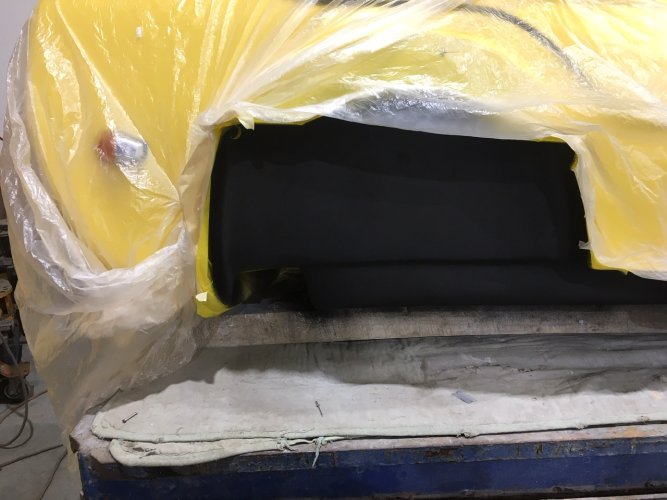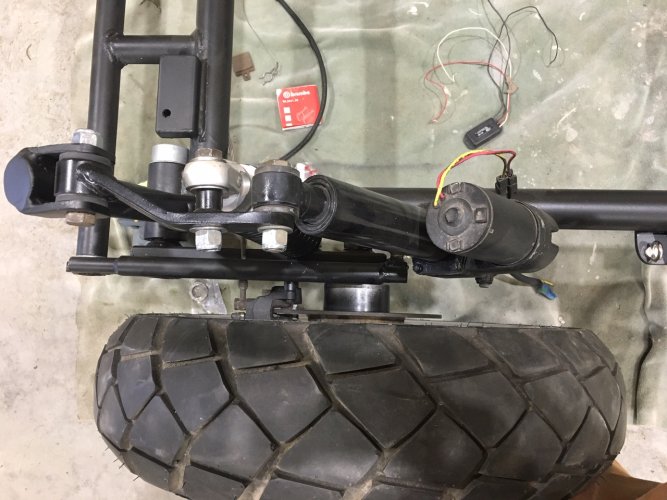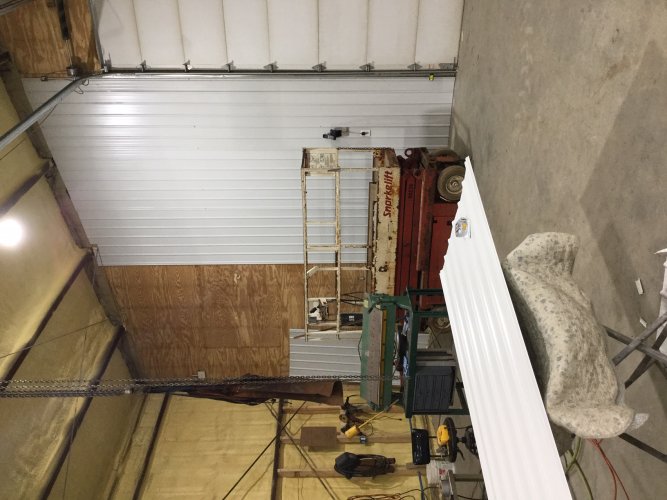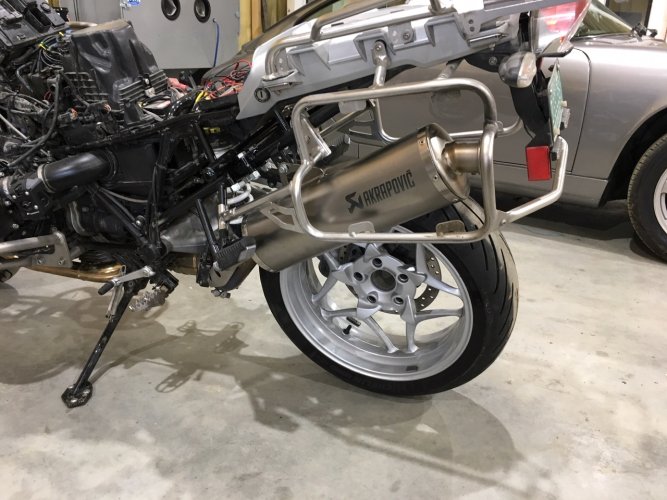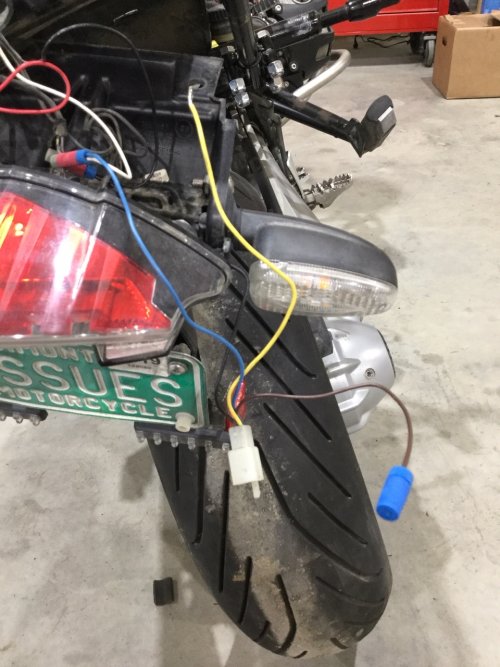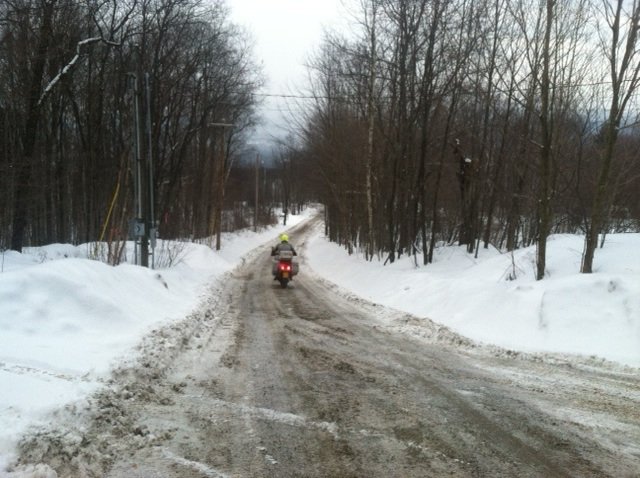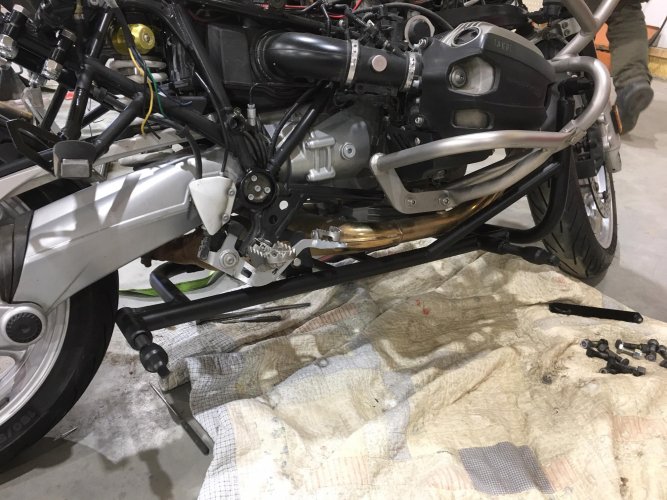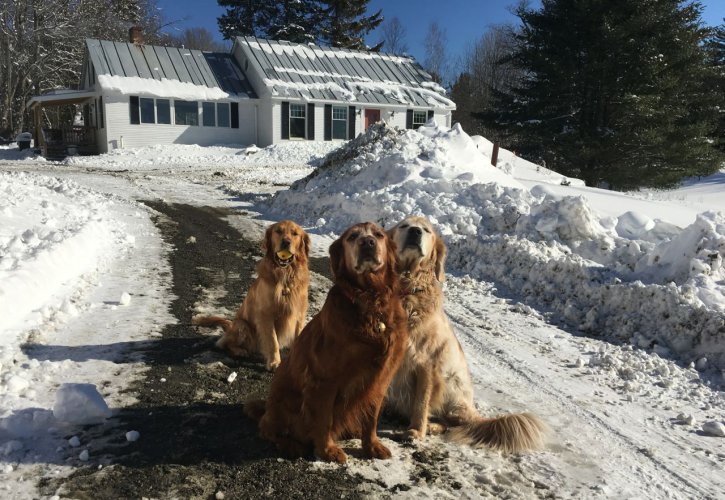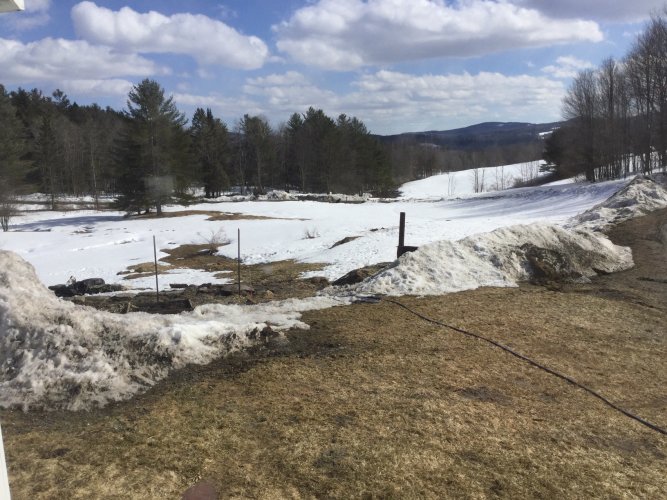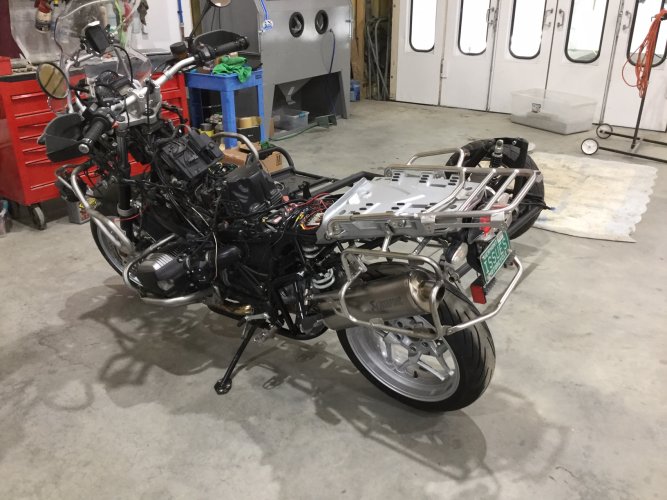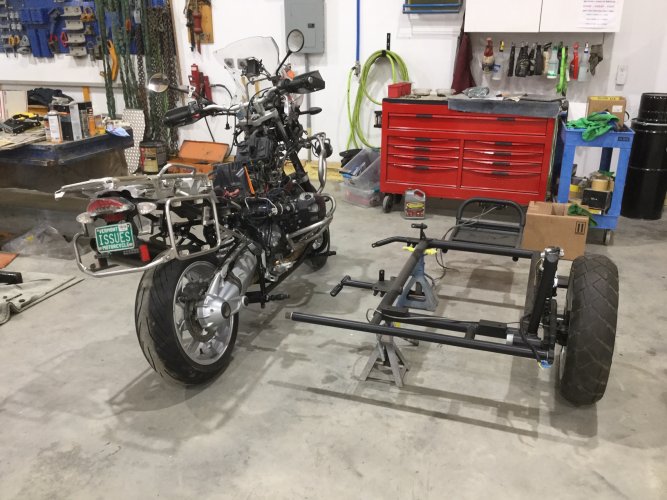This is an example of what is referred to as a "Western Union Long Wire Splice"-

Rugged in its own right and a great start for even an "iffy" soldering job..........However-
In the marine industry, soldered connections have been replaced with a good quality, properly installed crimp connector. The reason the marine industry has moved from soldered connections is that a soldered connection does not "flex". Chances are a boat is taking more of a pounding that the average motorcycle.
With this information, I'm currently splitting the difference.
OM
BTW- when soldering electronic wires, kinda important to use solder rated for "electronics". The plumbing solder and fluxes are corrosive (usually).

Rugged in its own right and a great start for even an "iffy" soldering job..........However-
In the marine industry, soldered connections have been replaced with a good quality, properly installed crimp connector. The reason the marine industry has moved from soldered connections is that a soldered connection does not "flex". Chances are a boat is taking more of a pounding that the average motorcycle.
With this information, I'm currently splitting the difference.
OM
BTW- when soldering electronic wires, kinda important to use solder rated for "electronics". The plumbing solder and fluxes are corrosive (usually).

